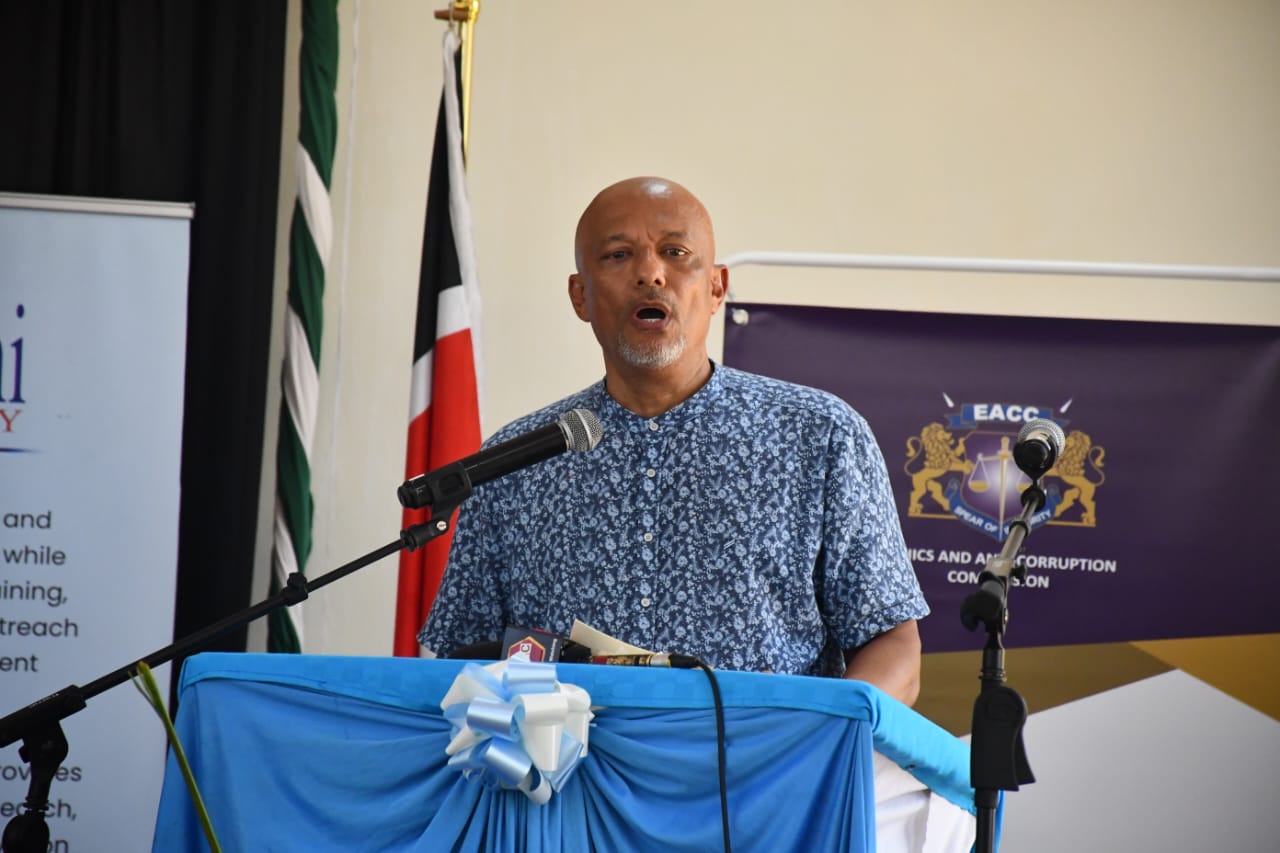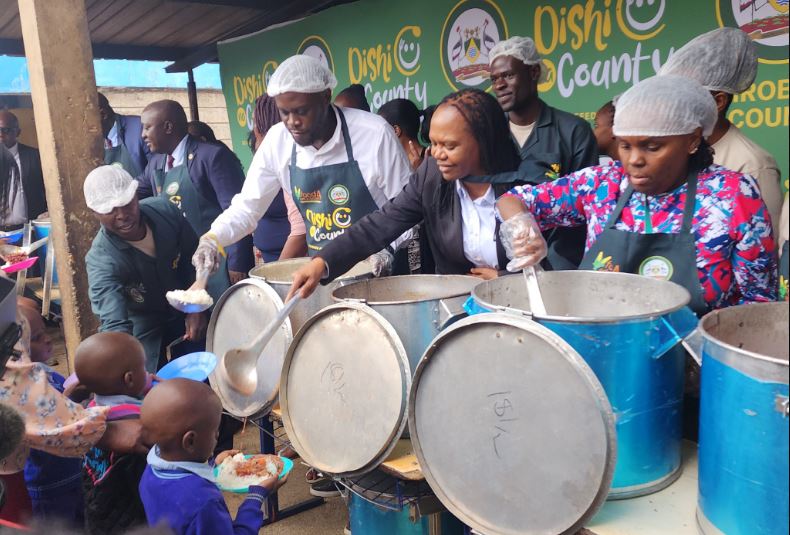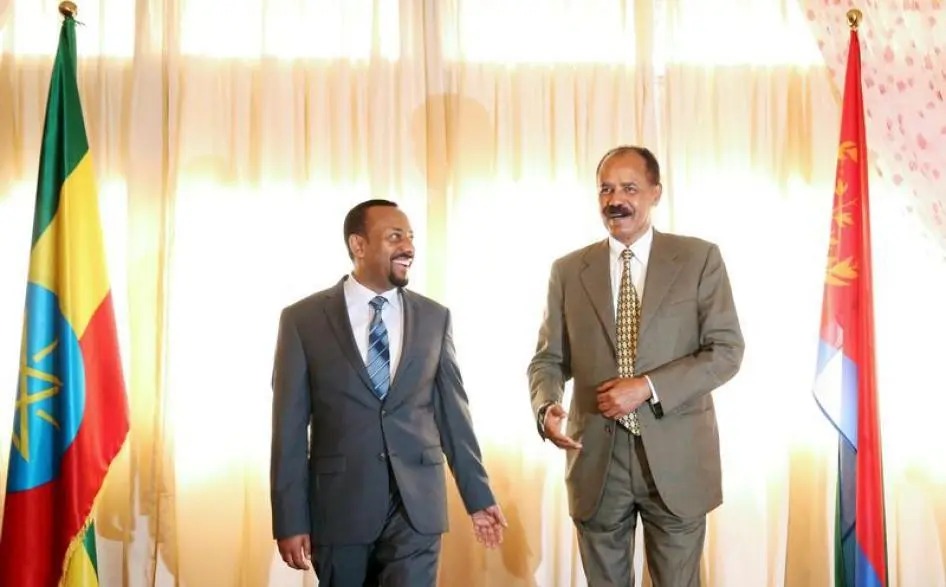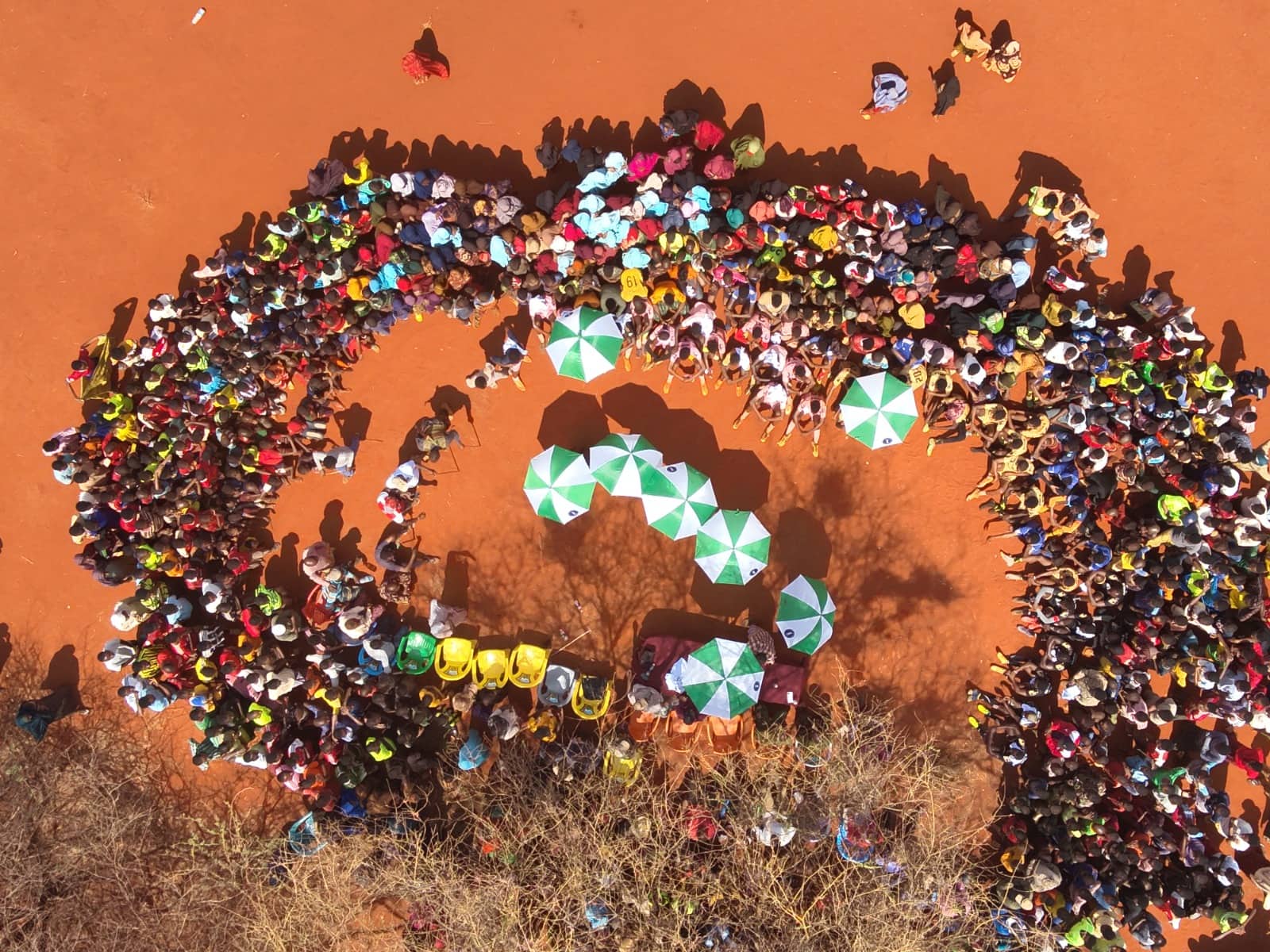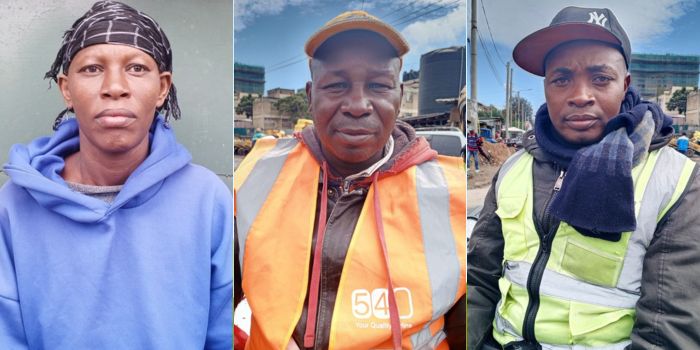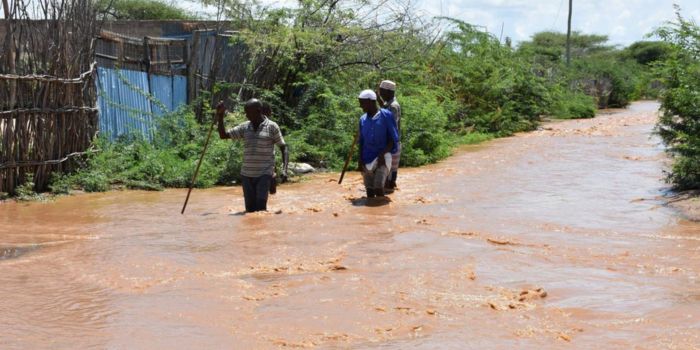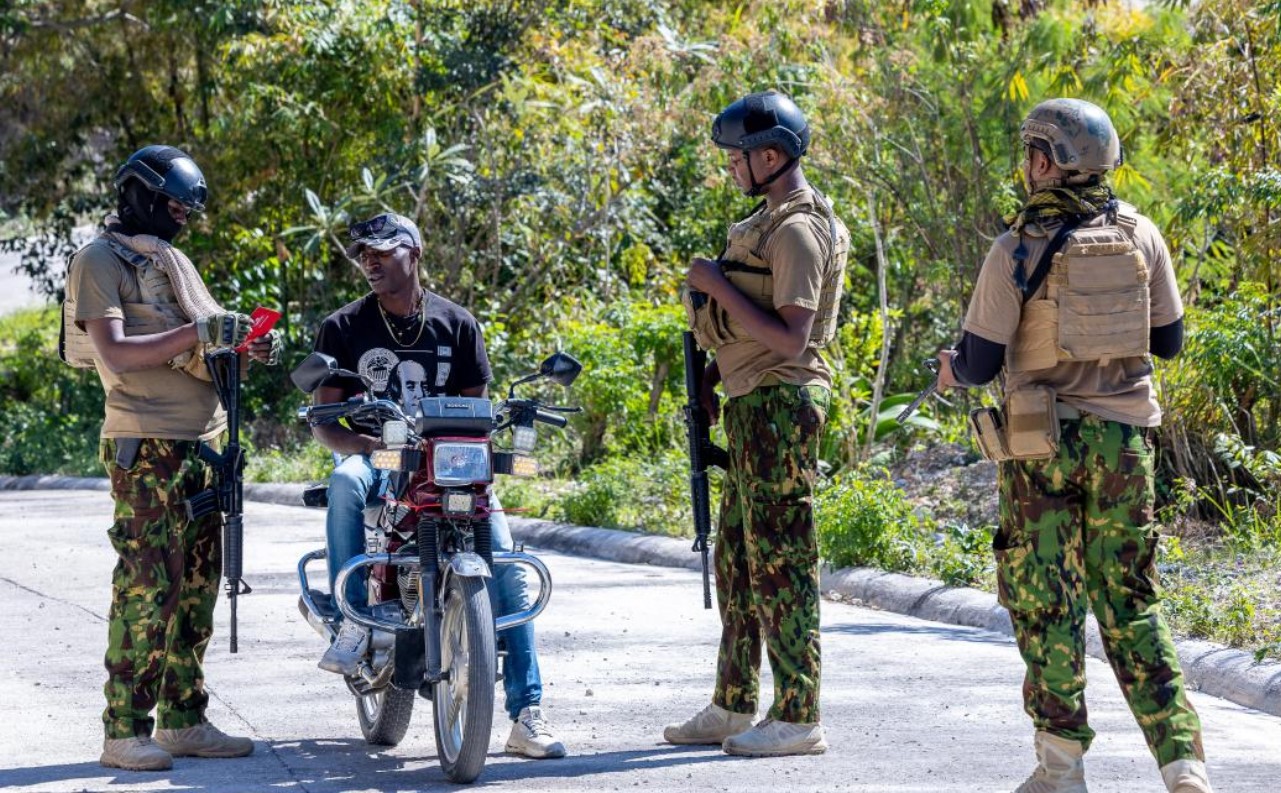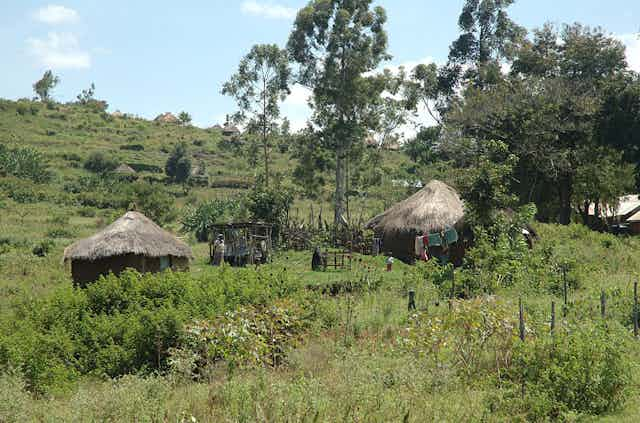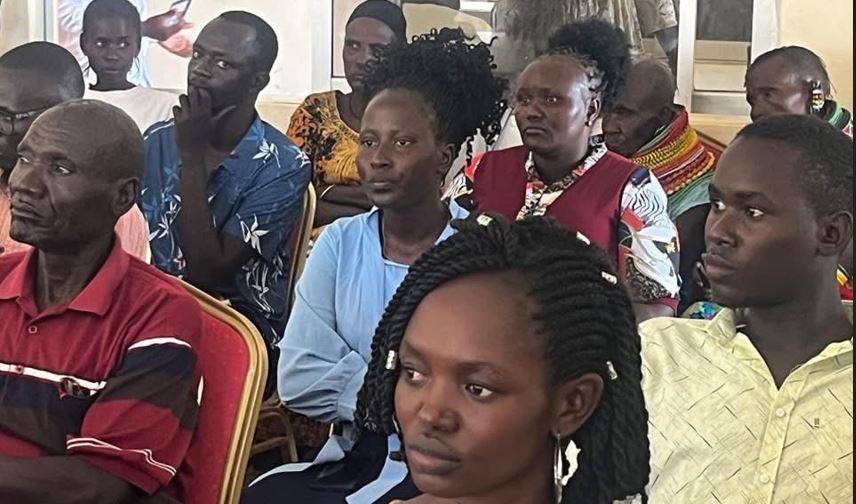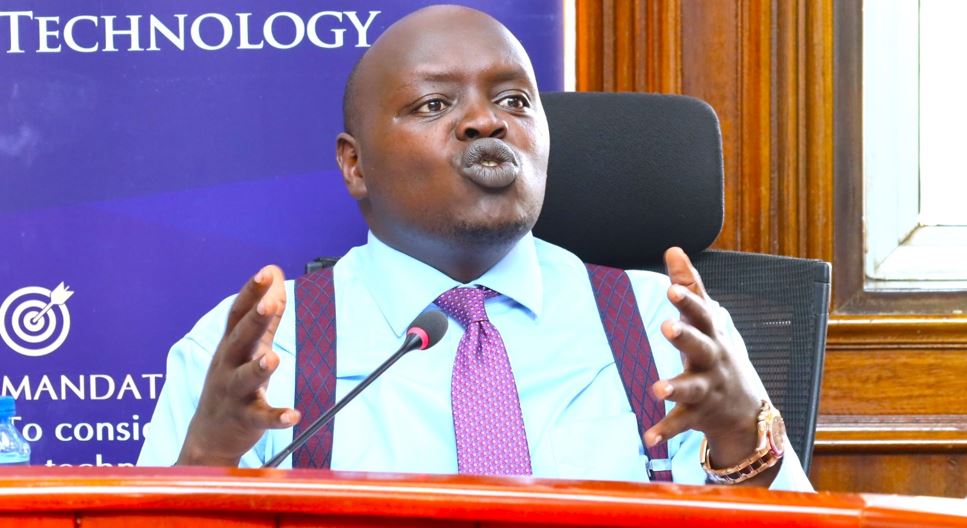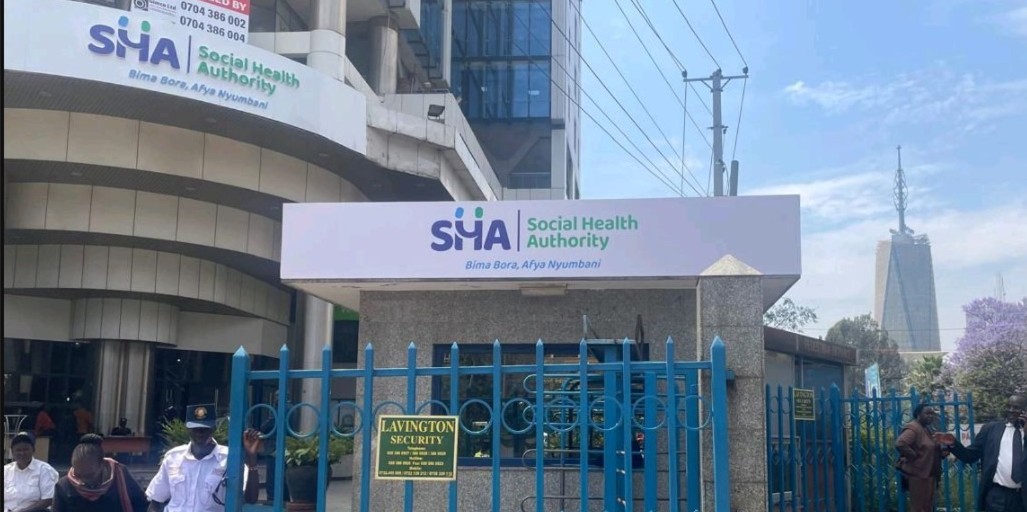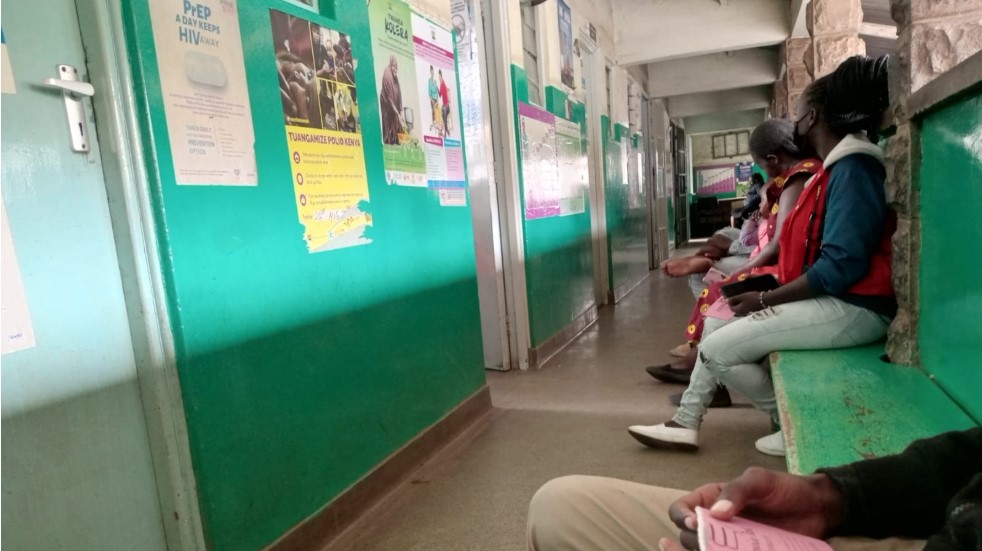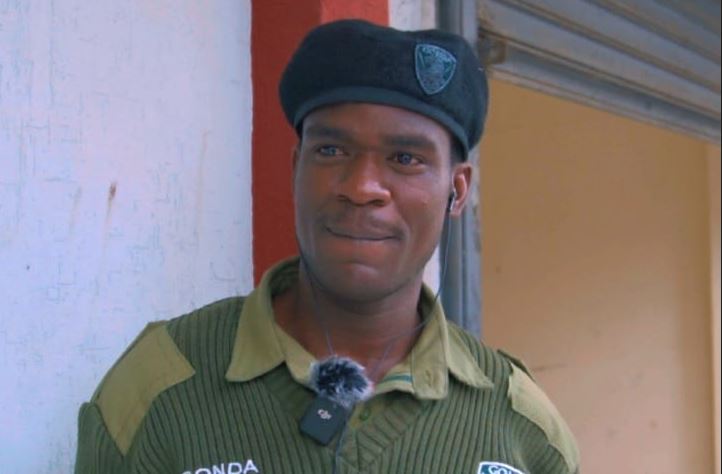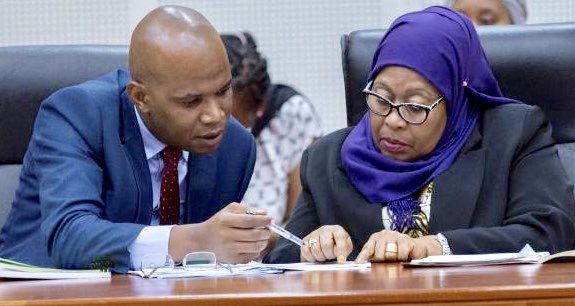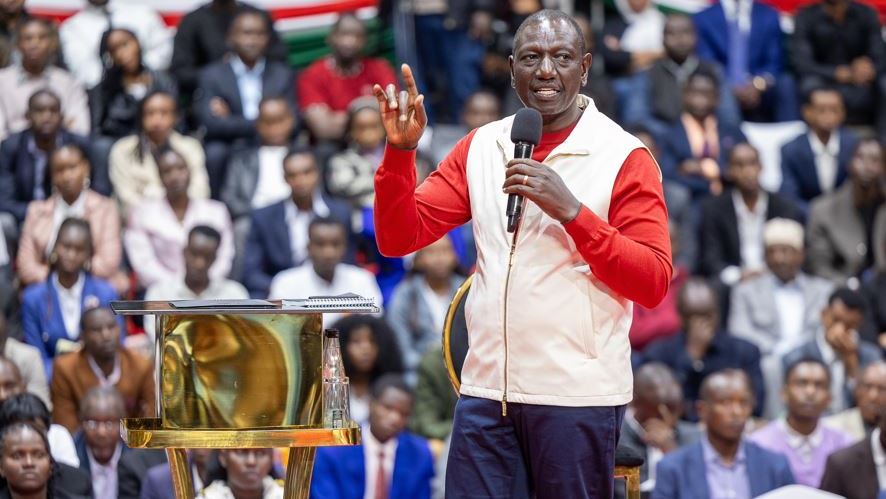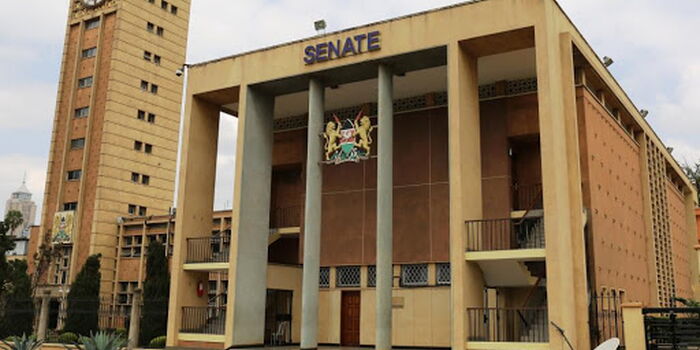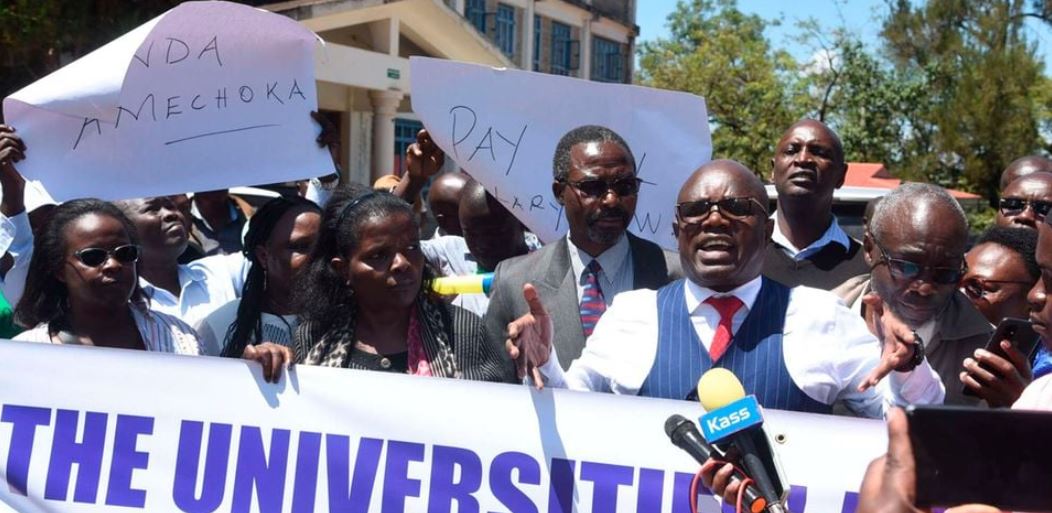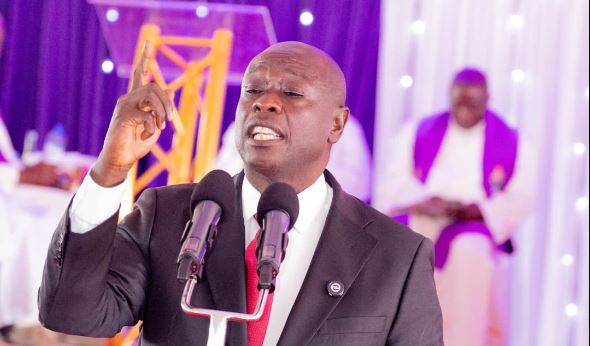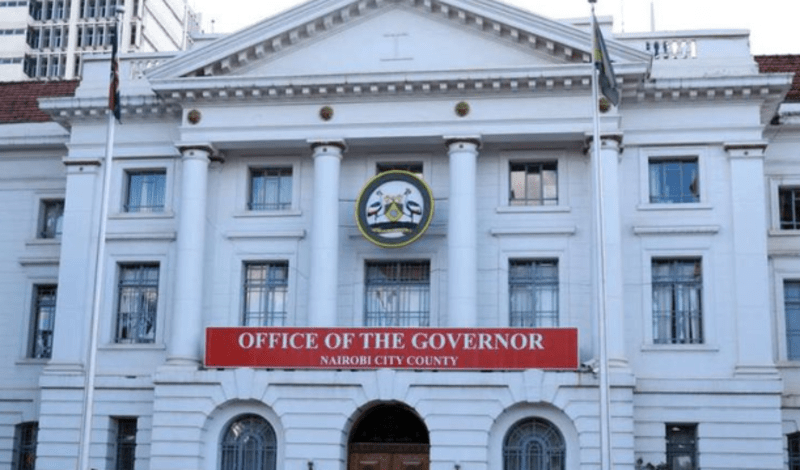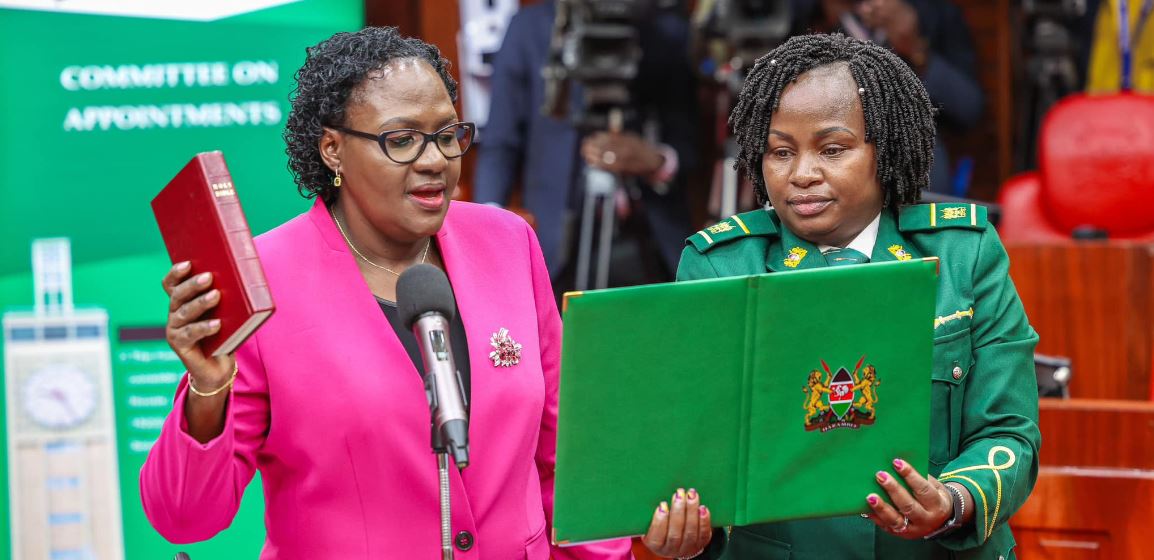EAC, SADC call for immediate ceasefire in eastern DRC amid escalating crisis
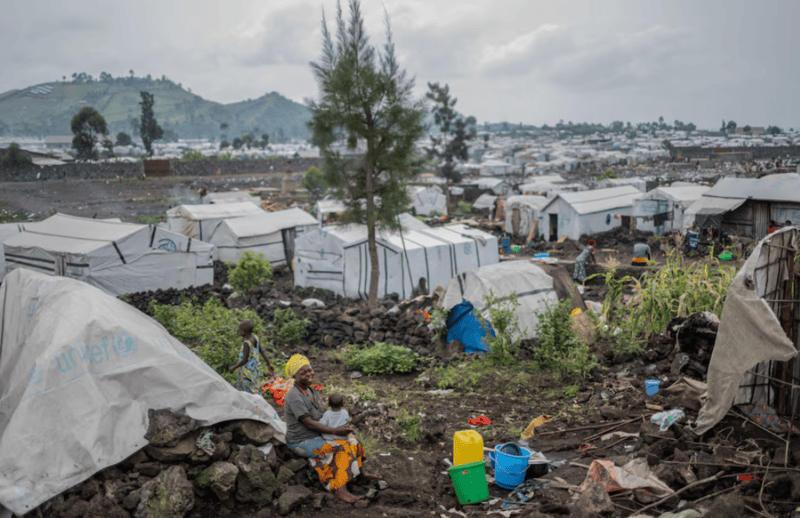
The defence experts warned that the situation in eastern DRC has deteriorated drastically since the Joint EAC-SADC Summit on February 8, 2025.
The security and humanitarian crisis in the Democratic Republic of Congo (DRC) has reached a critical juncture, prompting urgent discussions at the Sunday Joint EAC-SADC Defence Technical Experts Meeting held in Tanzania.
The defence experts warned that the situation in eastern DRC has deteriorated drastically since the Joint EAC-SADC Summit on February 8, 2025, and called for an immediate ceasefire to prevent further loss of life and displacement.
More To Read
- UNHCR begins relocation of DRC refugees in Burundi
- Uhuru appointed to co-facilitate merged Nairobi-Luanda peace processes on DRC conflict
- Ex-DRC President Kabila: Tshisekedi violated political pact, he is to blame for current crisis
- M23 rebels reaffirm ceasefire, urge DRC government to honour peace agreements
This meeting brought together security and military experts from the East African Community (EAC) and the Southern African Development Community (SADC) as part of a regional effort to contain the conflict, restore peace, and coordinate humanitarian interventions.
With ongoing fighting between the Congolese government forces and armed groups, including M23, the experts emphasised the need for an urgent, coordinated response to prevent the situation from spiralling further out of control.
The experts recommended a phased intervention approach, dividing their strategy into immediate, medium-term, and long-term actions, according to South African Defence journalist Dean Wingrin.
Within the first 30 days, they urged an enhanced monitoring mechanism under the Expanded Joint Verification Mechanism (EJVM) to track ceasefire violations.
Additionally, a joint EAC-SADC technical assessment team is expected to be deployed to Kivu to evaluate the security and humanitarian conditions on the ground.
Direct engagement with all conflict parties, including the Congolese government and armed groups, was also highlighted as a priority to facilitate dialogue and secure immediate humanitarian access.
Beyond the first month, the medium-term strategy—spanning 30 to 120 days—focuses on confidence-building measures to de-escalate tensions, leading to a formal declaration of a permanent ceasefire.
The proposal also leaves open the possibility of deploying a joint EAC-SADC-African Union (AU) peacekeeping force to stabilize areas affected by the conflict and prevent a resurgence of violence.
As the humanitarian situation worsens, the meeting highlighted the urgent need for safe passage for aid convoys and medical evacuations.
The reopening of critical supply routes, particularly the Goma-Bukavu corridor, was listed as a priority, ensuring both trade and humanitarian assistance can flow freely to affected areas.
The experts recommended directly engaging M23 and humanitarian agencies to facilitate relief efforts. Another key issue discussed was the securitization of major cities such as Goma and Bukavu, which remain at the heart of the conflict.
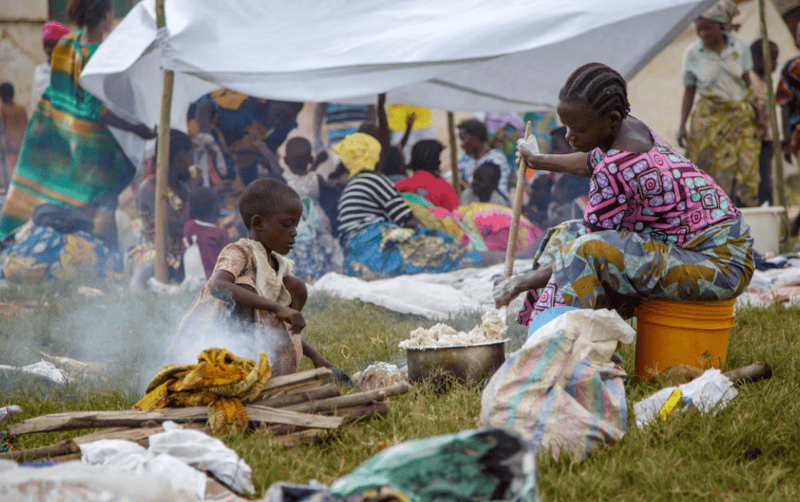 A Congolese woman prepares a meal near a temporary shelter at Rugombo Stadium, after fleeing from renewed clashes between M23 rebels and the Armed Forces of the Democratic Republic of the Congo (FARDC), in Rugombo commune of Cibitoke Province, Burundi February 18, 2025. (Photo: REUTERS)
A Congolese woman prepares a meal near a temporary shelter at Rugombo Stadium, after fleeing from renewed clashes between M23 rebels and the Armed Forces of the Democratic Republic of the Congo (FARDC), in Rugombo commune of Cibitoke Province, Burundi February 18, 2025. (Photo: REUTERS)
The experts proposed the immediate establishment of a political framework to guide stabilization efforts, followed by technical assessments on the feasibility of deploying a hybrid force composed of EAC, SADC, and MONUSCO personnel.
Reopening airports
They also stressed the importance of reopening Goma and Kavumu airports to improve logistical operations for humanitarian agencies and facilitate economic recovery.
A broader concern was the re-establishment of Congolese state authority in conflict-affected areas, a challenge that has long plagued efforts to stabilise the DRC.
While the experts agreed on the need to address the root causes of the conflict, including poor governance, foreign interference, and the illicit exploitation of minerals, they stopped short of outlining concrete mechanisms for achieving these goals.
The status of the Southern African Development Community Mission in DRC (SAMIDRC) remains uncertain, with ongoing discussions on whether and how it will be integrated into the broader peacekeeping framework.
Despite the gravity of the discussions, no official communiqué was released following the meeting, raising questions about the level of consensus among regional stakeholders.
Nevertheless, the recommendations signal a growing urgency to prevent further escalation.
The proposals now require political backing from EAC-SADC leadership and international partners, particularly as Kinshasa struggles to contain the security crisis amid a fragile military and governance structure.
Top Stories Today
